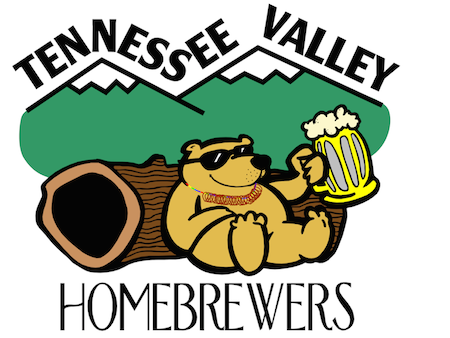Daniel Hillesheim set the rules and led the project. Daniel’s write-up is below.
The Mission began as an off-shoot of the first How I’m Bruin’ (HIB 1) challenge. Discussions around the table were more-or-less summarized by “Man, the same recipe tastes so different from brewer to brewer!” I thought surely there must be some way to get multiple brewers to make the same beer, or at least get significantly closer to the same beer then was on display at the HIB 1 tastings. Control of the various parameters was a logical place to start, and having a calibration beer as a target would also help, so a clone brew was devised. As the club was already talking about doing HIB 2 and sticking with an English recipe, I thought I’d satisfy the hoppier side of brewing with a west-coast style pale ale. I’d listened to plenty of episodes of The Brewing Network’s Can You Brew It where a group of homebrewers with experience, awards, and deep industry connections get recipes and try to “clone” commercial brews. I thought this would be ideal, and after rifling through the episode lists, found a simple recipe for a beer that I’d seen on shelves in our area.
The call went out and eight brave souls responded: Joe Edidin, Kyle Cassie, John Peed, David Disney, Micah Sweeny, Andrew Davis, Drew Mays and myself. I tried to resist being a control freak, but the idea was for everyone to do as close to the same thing as possible. From water chemistry to dry-hop contact time, we tried our best to stick to the recipe outlined by CYBI, which came directly from an interview with Matt Brynildson, the head brewer at Firestone Walker the facility that produces Mission Street Pale Ale for Trader Joe’s.
The fist tasting resulted in overwhelming differences: Ours is so fresh! Trader Joe’s beers are three months out of date… boo!
Tasting all the beers against the commercial example a second time (this time we found one that was a bit fresher) revealed that none of ours really were clones of what was in the bottle. Aroma-wise the fresh (homebrewed) examples generally had overwhelming hop presence, which was lacking in the older commercial bottle. Broadly, what the clones lacked was “matiness”. The commercial MSPA has a sweet malt character that really comes through once the beer warms up. Of course, this sweetness could be caused by oxidation, but my assessment is that the recipe needed adjustment. We used 6°L Munich malt from Weyermann, but I have a lot more experience with a darker variety from Best Maltz that runs 8-10° that I believe would lend more of the malt flavor we were lacking in our beers. A few others agreed with me that a few of the homebrewed examples were bordering on indistinguishable from each other. Of course, some did not agree 😀 The general opinion was that Drew Mays’ beer was the nicest of them and the closest to the real thing.
